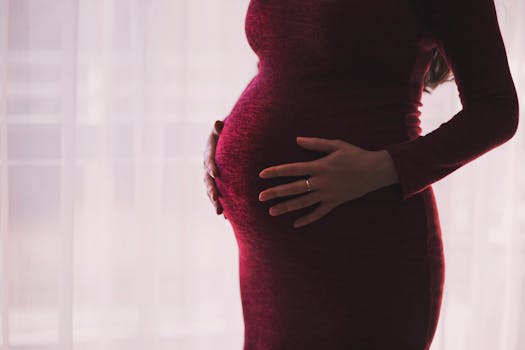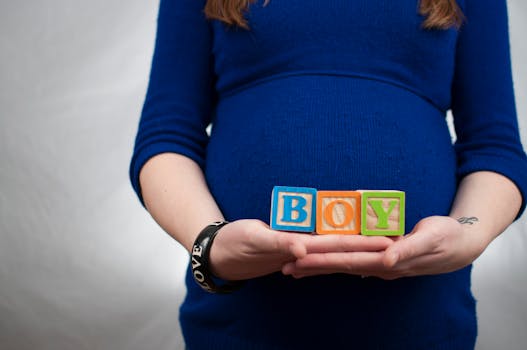Symphysis pubis dysfunction (SPD) is a problem with the pelvis that can affect pregnant women.
Your pelvis is mainly formed of two pubic bones that curve round to make a cradle shape. The pubic bones meet at the front of your pelvis, at a firm joint called the symphysis pubis.
The joint's connection is made strong by a dense network of ligaments, but these can swell during pregnancy, making the symphysis pubis joint less stable, causing SPD.
What are the symptoms of SPD?
Pain in the pubic area and groin are the most common symptoms.
Back pain, pain at the back of your pelvis or hip pain.
Pain, along with a grinding or clicking sensation in your pubic area.
Pain down the inside of your thighs or between your legs.
Pain that's made worse by parting your legs, walking, going up or down stairs or moving around in bed.
Pain that's worse at night and stops you from sleeping well.

What causes SPD?
During pregnancy, your body produces a hormone called relaxin, which softens your ligaments to help your baby pass through your pelvis.
This results in your joints becoming more lax.
SPD ultimately occurs when your body doesn't adapt to the lax, looser ligaments caused by relaxin.
The disorder can be triggered by the following:
The joints in your pelvis moving unevenly.
Changes to the way your muscles work to support your pelvic joints.
One pelvic joint not working properly and causing knock-on pain in the other joints of your pelvis.

How is SPD diagnosed?
If you are experiencing the symptoms of SPD, you should see a physiotherapist, who will test the stability, movement and pain in your pelvic joints and muscles.
How is SPD treated?
Exercises to strengthen your spinal, tummy, pelvic girdle, hip and pelvic floor muscles will improve the stability of your pelvis and back.
You may need gentle, hands-on treatment of your hip, back or pelvis to correct stiffness or imbalance.
Water gymnastics may help ease the pain.
Acupuncture may also reduce the pain and is safe during pregnancy, but just ensure your practitioner is trained and experienced in working with pregnant women.
A pelvic support belt may give relief, particularly when you're exercising or active.

What can I do to ease the pain of SPD?
Be as active as you can, but try not to push yourself too much.
Stick to the exercises that your physiotherapist recommends.
Plan ahead so that you reduce the activities that cause you problems, and ask for help if you need it.
Will I recover from SPD after I’ve had my baby?
You’re likely to recover within a few weeks to a few months after your baby is born.
We do suggest that you carry on with physiotherapy after the birth, if you can.
We also suggest that you try to get help with looking after your baby during the early weeks.








